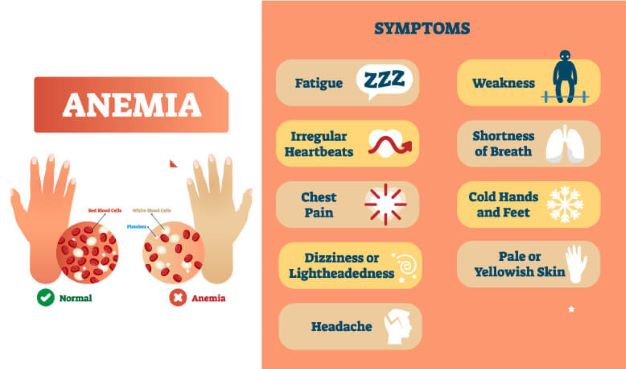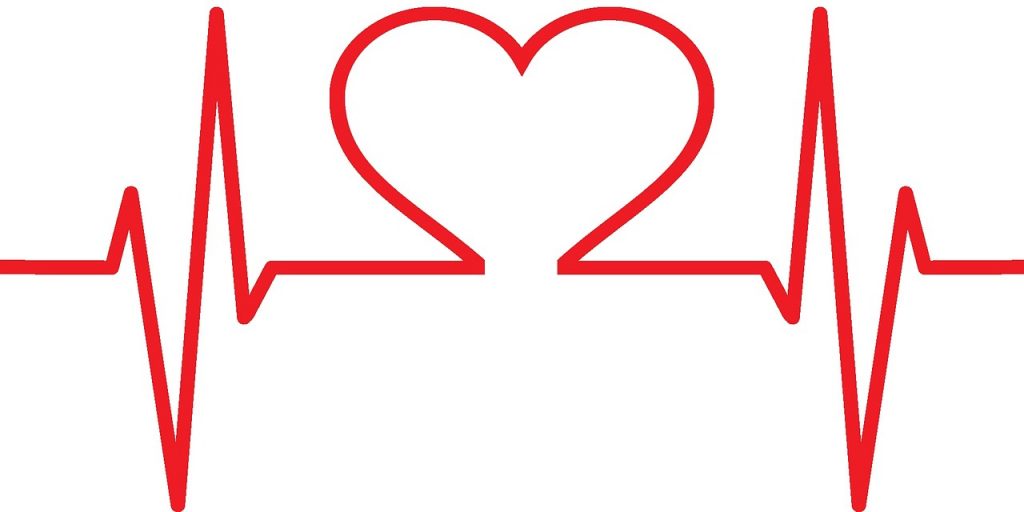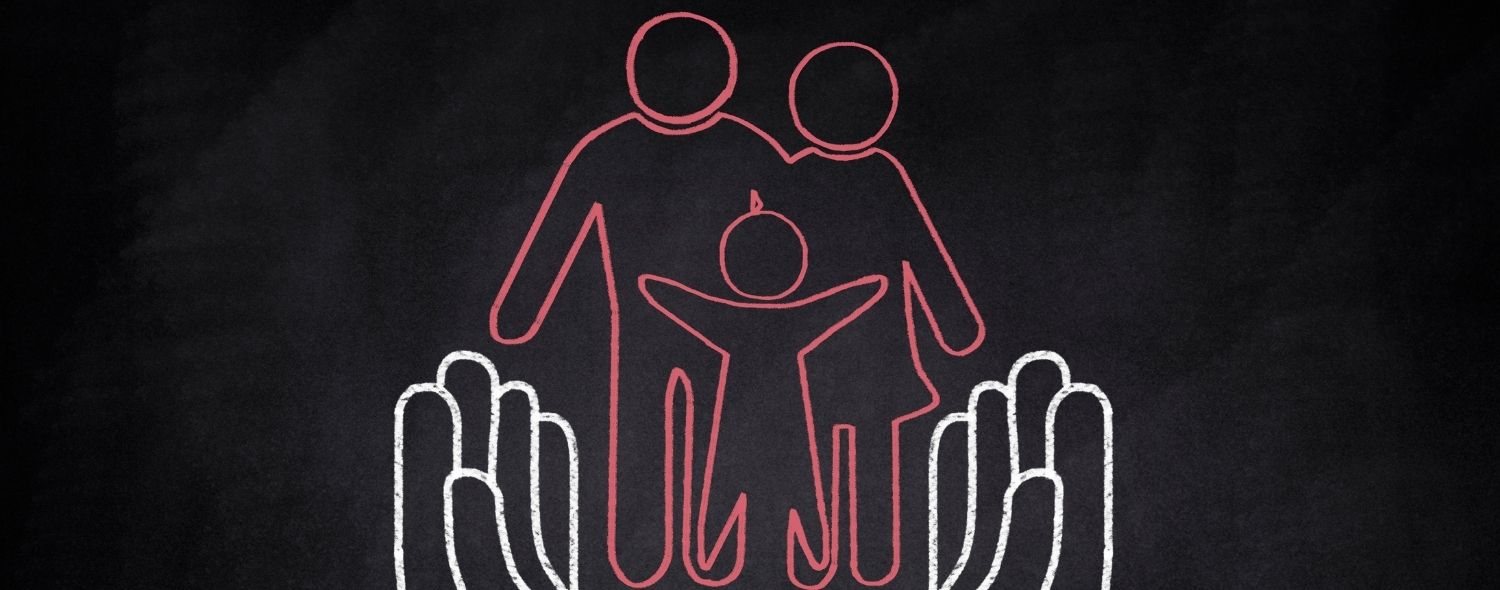Sickle cell anemia: Practical parenting guide
What is sickle cell anemia?
Sickle cell anemia is a hereditary blood disorder, although it is not contagious. Although the majority of children suffering from this type of anemia are of African descent, children from the Middle East, the Mediterranean and South Asia can also be affected.
Sickle Cell Society (SCS) has been working alongside health care professionals, parents, and people living with sickle cell to raise awareness of the disorder
Signs and symptoms of sickle cell anemia

The two main characteristics of SCA are long-standing anemia and periodic vessel occlusion crises:
- The anemia is the result of increased deformation of the red blood cells. Sometimes the child may have a pale appearance and yellow eyes.
- The vaso-occlusive crises, which are blockages of blood vessels anywhere in the body, are caused by the deformation of the red blood cells. This situation causes a lack of oxygen in the affected area of the body. Symptoms depend on where the blood vessels are blocked, although the most common symptoms are pain in the bones.
The most frequent symptom of a vaso-occlusive crisis is pain in the bones. Any bone can be affected, whether it be in the arms, legs, back or skull. Such crises, commonly known as pain crises, are unpredictable. Before the pain begins, some children let adults know that they are not feeling well.
Possible factors that trigger a pain crisis may include:
- infection
- stress/fatigue
- dehydration
- exposure to very hot or cold temperatures
Some bouts of pain happen for no apparent reason.
Prevention of pain crises
You can help prevent pain attacks by doing the following:
- Giving the child plenty of fluids to drink so he doesn’t feel thirsty.
- Dress the child with several layers of clothing before leaving the house in winter.
- Give the child another shirt and socks, in case he gets wet at school while on the playground or on another occasion.
- Recognize fever as a sign of infection and immediately take the child to the doctor.
- Avoid the practice of intense exercise, without breaks, and drink plenty of fluids, especially during hot days.
However, the child may experience pain attacks even if the indicated measures are applied.
What to do if the child with sickle cell anemia feels unwell
Temperature
- 1. First, sit or lay your child in a quiet place.
- 2. Take the child’s temperature immediately.
- 3. If the temperature exceeds 37.5 ° C in the armpit, or 38 ° C in the mouth, take the child to the emergency department closest to home.
- 4. If the temperature is below 37.5 ° C, analyze the pain you feel.
- 5. Are there any signs of breathing problems? If so, take the child to the emergency department. If not, analyze the pains felt.
- 6. In younger children, the abdominal region should be analyzed. If the child has an enlarged spleen, take him to the emergency department.
Analyze the pains

Numerical / visual analog scale for pain assessment. Children are asked to indicate the intensity of the pain by ticking the scale.
- 1. Ask the child to tell you the intensity of the pain felt, on a scale from 0 to 10, where 0 means that he does not feel pain and 10 means that he has “the worst pain ever felt”. Ask where she feels the pain.
- 2. If the pain you feel is less than 7/10, give you pain medications, as prescribed by your doctor.
- 3. If the pain is located in one or two areas, a hot bag can be applied. YOU MUST AVOID ICE BAGS.
Children (5 to 8 years old)
Ask the child, “How do you feel now, if 0 means no pain and 10 means the worst pain ever felt?”.
At the physical level
- 1. Give your child plenty of fluids as long as they are not cold.
- 2. Lightly massage the affected area.
- 3. Apply heat to the affected area.
Tips for using heat
- Use hot disposable bags. Follow the instructions on the package.
- Heat the blankets in the tumble dryer.
- The baths must be hot.
- The application of heat must be done at intervals of 20 minutes.
- Babies and young children should not be left unattended during the application of heat, a procedure that should only be used on children from the age of three.
- If the affected area becomes painful, or if the child experiences any discomfort, or if there is a local skin reaction, immediately remove the hot bag.
At the psychological / behavioral level
- deep breath
- relaxation exercises
- distractions (movies or music)
- images
When sickle cell anemia exists, the spleen does not destroy the cell lining of any existing bacteria as well. If the child is under five years of age, he / she should take preventive antibiotics. In addition, you should also take complementary vaccines to prevent infections caused by pneumococcal and meningococcal bacteria.
The existence of fever in a child with SCA should be considered an emergency, requiring immediate treatment with antibiotics. Fever is a sign of infection. Fever is a sign of infection.
Website Design And Function
We have built our website to help provide parents with the most up to date and meaningful information about ACD and what you should look out for. We were kindly assisted by web design Edinburgh in order to get our website live and filled with valuable and important information which is free to access.


